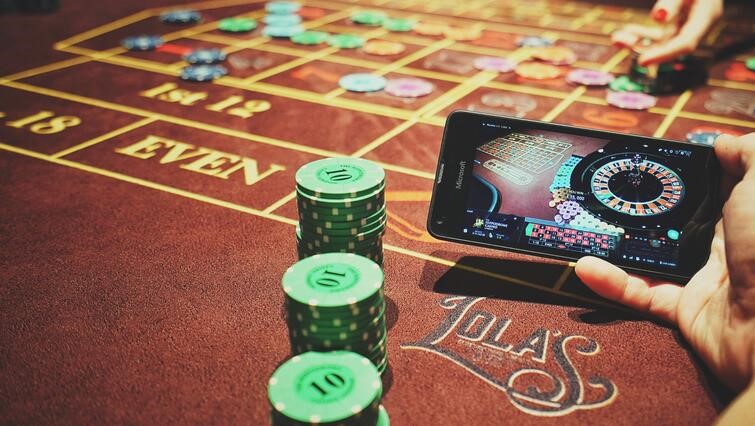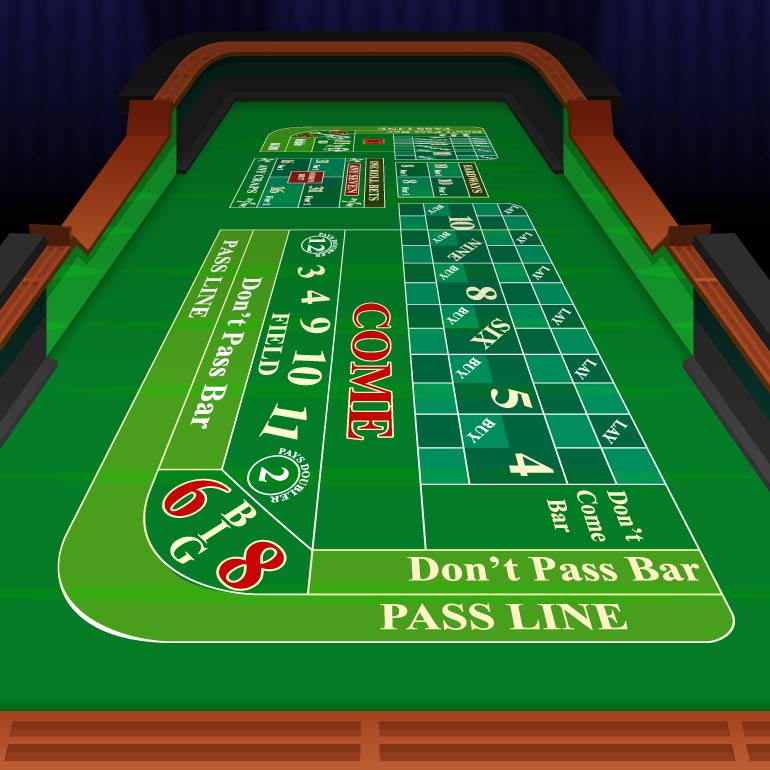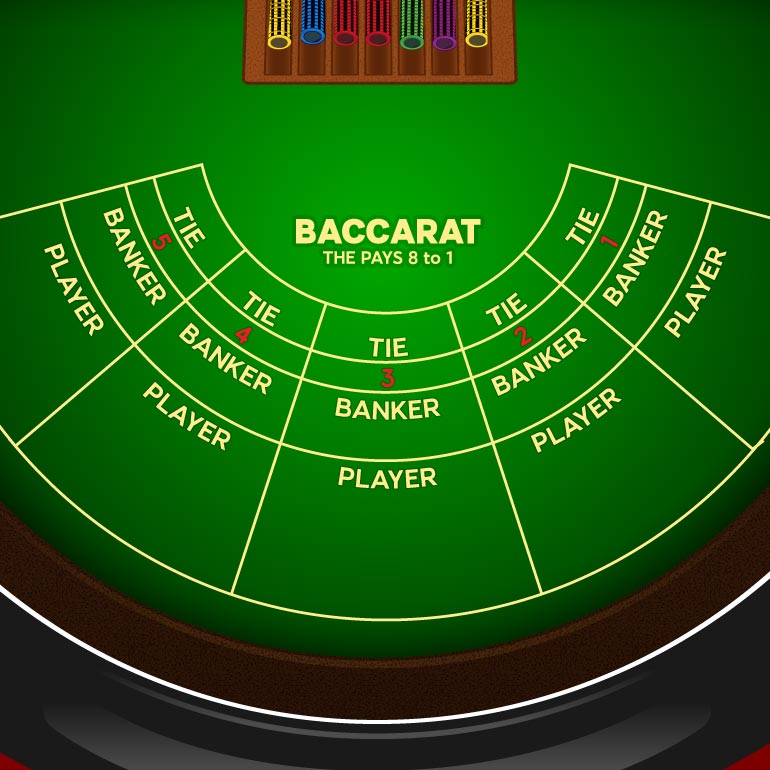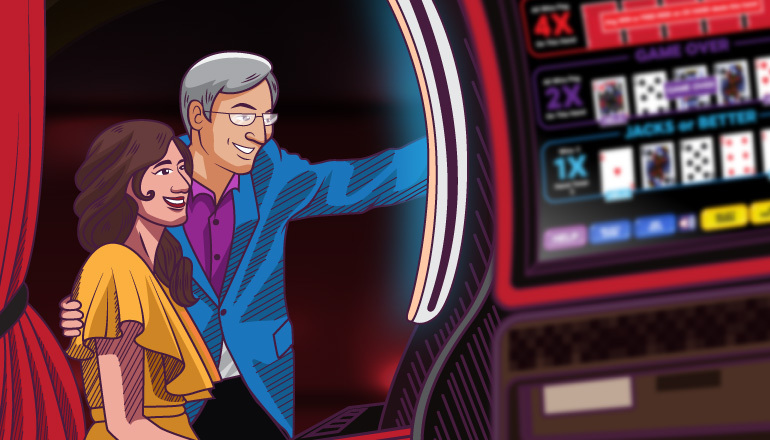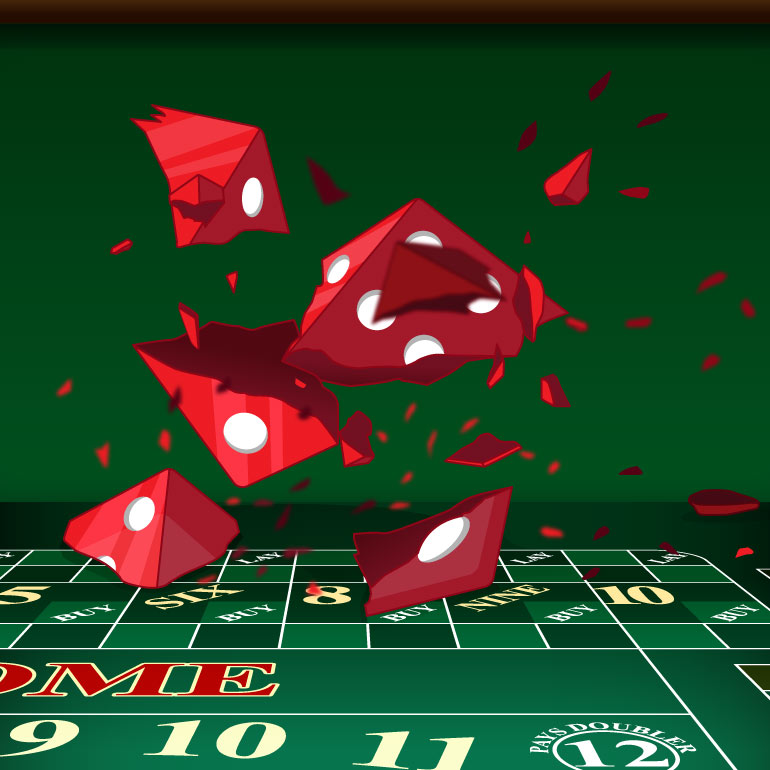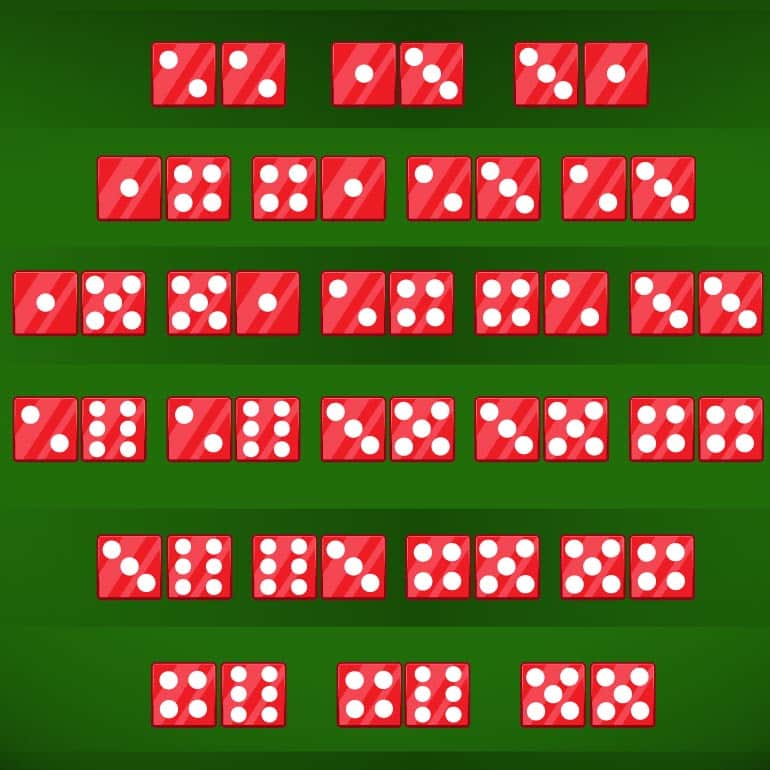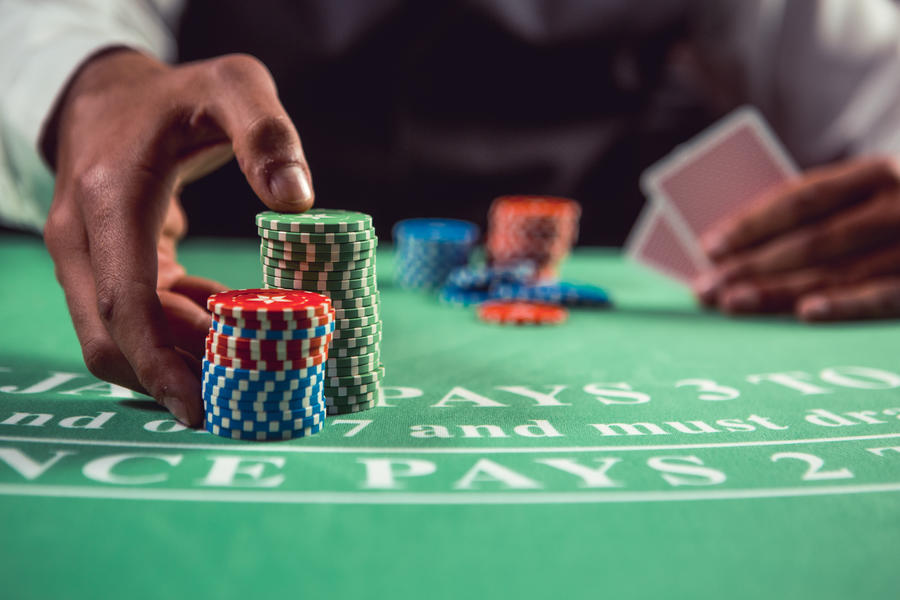Click here to read Part 1 of this article
As promised, at the end of this article you will find the questions with the answers to the challenging 21-question test given to the elite blackjack pros at the Blackjack Ball. Give yourself one point for each correct answer. (If you got 12 or more correct, you did better than all the blackjack pros that took the test.)
(Note: Several active players listed below used pseudonyms to protect their identity.)
Out of a possible 21 correct answers, the players with the most correct answers were:
- Wahoo (11)
- WRX (11)
- Bill Benter (10)
- Blackjack Hall of Famer John Chang and leader of MIT Blackjack MIT Team (10)
- Thea Marie Sankiewicz (10)
- Jake Jacobs (10)
- Tony S from Greek Blackjack team (10)
Because five players tied for third place, a tie-breaker question was implemented to eliminate two of them. (Only five can advance to the next round of the competition.)
The following tie-breaker question was implemented:
“Name a casino in one of the Four Corner states that was operating as of March 2018 and dealing blackjack.”
The four corner states referred to in the question are Colorado, Arizona, New Mexico, and Utah. The contestants kept naming casinos until either one couldn’t come up with a name of a casino or named an incorrect casino. The two contestants that were eliminated as a result of the tie-breaker were Benter (who couldn’t come up with the name of any casino) and Sankiewicz (who came up with a name of a casino initially but missed on the subsequent try). This left five contestants who advanced to Round One of the table competition. (This was conducted on a blackjack table with Munchkin dealing the cards.)
Note: Rubin announced afterwards that because Wahoo (and Chang) held onto their answer card for a minute or so longer than the other contestants, presumably to come with an answer to one (or more) questions (doing this was not mentioned in the current rules), there will be a new rule going forward which is: 15 seconds after the last question is read twice, each contestant must hold up his or her card for collection; otherwise, he or she will be disqualified. (Rubin intends to call this the “Wahoo Disqualification Rule.”)
Round #1:
The five contestants remaining were: Wahoo, WRX, John Chang, Jake Jacobs, and Tony S. Munchkin placed a shuffled, double-deck of playing cards in front of each contestant and randomly removed three cards from each double-deck. Each contestant had to state what card counting system he was going to use to count down his decks. (All but one used Hi-Lo count.) On Munchkin’s go, each contestant had 45 seconds to rapidly count their decks and then slam them face down on the layout. The player who was the slowest at counting down his decks had to state what the three cards were that Munchkin had removed. For example, if a player used the Hi-Lo Count, and his count was zero, his three cards must either be three neutral cards (7, 8, and 9) or one neutral card plus a high card and a low card.
Three of the five contestants miscounted their decks and were eliminated (Chang, Jacobs, and WRX) and only Tony S, and Wahoo correctly answered what their missing three cards were. Because Jacobs was the slowest to count down his decks and get it wrong, he was eliminated.
As an aside, Jake has his count correct (minus 1) but kept insisting it meant that one big card was remaining. Munchkin asked Jake, “Are you sure it’s a big card?” Jake responded, “Yes.” Then when he turned over a small card, he smacked himself for being such a bonehead, especially since he possible had the highest I.Q. of anyone in the room full of geniuses.
Round #2:
In this Round, the remaining four contestants were given 10 seconds to estimate a stack of cards that Munchkin had placed in a discard tray, and then write their estimate on a piece of paper. Wahoo came the closest (he estimated 131 cards), and WRX had the worst estimate and was eliminated.
Round #3:
At this junction, there were three contestants left (Wahoo, Tony S, and John Chang). Munchkin spread a deck of cards on the layout. Each contestant had 30 seconds to memorize as many cards as he could in order (card rank and suit). After Munchkin picked up the cards, each contestant had to state what the card was.
The first two cards were a three of clubs and ace of clubs and all three contestants got them right. The third card was a six of spades. Tony S got it right but John Chang stated six of clubs and Wahoo, a six of diamonds. It took several more cards until finally Wahoo correctly identified the next card in the stack and John Chang did not; therefore, Chang was eliminated.
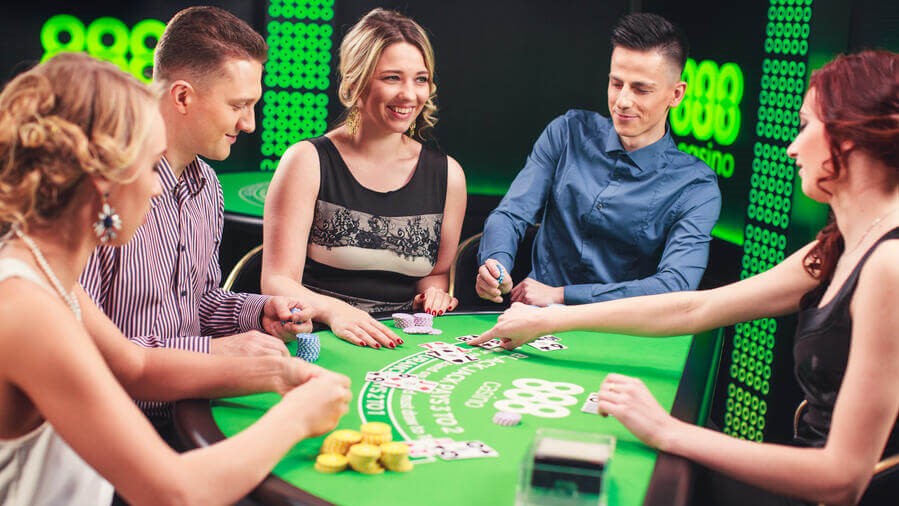
As an aside, this memorization test in the past usually went through several dozens of cards deep before someone got it wrong. Even though this year contestants had to recall the rank and suit of each card (not just the rank), Max believes “the result of this contest may have been skewed due to the copious amounts of premium champagne guzzled by the contestants for some five hours leading up to this contestant.”
Round #4:
Two contestants were left: Tony S and Wahoo. They were each given a single deck of cards to cut with a cut card. There was a six of spades on the bottom of each deck. After they cut, they had to state how many hands they wanted to play (in one round) in order to deliver the six to the dealer. Munchkin then would take a deck, burn one card, and then deal that many hands specified by each contestant. They must cut at least 10 cards. If you cut the six of spades to the dealer’s hand, that is a perfect score. Whoever is closest wins. If they tie, they cut again.
Wahoo cut 16 cards and was close (he was shooting for a 17 card cut, which if you dealt 7 spots after burning one card, would have delivered the six of spades to the dealer). Unfortunately, Tony S eliminated himself when he cut only nine cards (rules stated at least 10 cards cut). This meant Wahoo was the winner.
(Note: Wahoo is the only person to have been invited to and attend all 22 Blackjack Balls. Besides finishing first in this year’s Ball, Wahoo was on the final table at four other Balls and finished second, third, fourth, and fifth).
As an aside, Anthony Curtis, who was last year’s winner of the “World’s Greatest Blackjack Player” competition, would have had the highest score on this year’s written test but was disqualified for leaving one answer blank (i.e., he didn’t circle a true or false question). (Ouch!)
As promised, below are the 21 test questions with the answers. Give yourself one point for each correct answer. (So, how many did you get correct?)
BLACKJACK BALL 2018: TEST QUESTIONS AND ANSWERS
(Max Rubin’s answers are in red type below each question. Thank you, Max, for allowing me to reproduce the questions and answers.)
Question #1: True or False: There are at least two legal methods that world-class card pros can use, including solo and/or team play, that can actually gain the pro a tasty edge while playing Won Ton War in a casino.
Given that Won Ton War doesn’t even exist, except on this test, the answer to # 1 is False.
Question #2: Las Vegas casinos have hosted golf, tennis, Jai Alai, Grand Prix, and now Hockey. Which Vegas casino once offered live, onsite horse racing?
- El Rancho
- El Rancho Vegas
- Sahara
- Thunderbird
- Last Frontier
- There has never been a legitimate horse track in Vegas. The horses can’t run here because of the heat.
The track was Thunderbird Downs and the answer to number two is d.
A special thanks to Bob Dancer who provided us with about a third of our questions and is now disqualified.
Question #3: We all know that as a courtesy to Barona for housing the Blackjack Hall of Fame and the many other things they do for the professional Blackjack Community, including allowing Max to present the Blackjack Ball, everyone sitting here agrees to NOT play there—which is probably the smartest move a casino has made in the last 22 years since the Ball began. In part, because you don’t attack their games, Barona now has substantially more full pay pitch games than any other casino on the planet. By a mile. Sorta. Within three, how many full-pay 0.26% pitch double-deck games does Barona now have?.
Barona has 41 Full Pay Double-Deck Games. Any answer between 38 and 44 is correct.
Question #4: True or False. Showing us just how savvy and fair the selectors truly are, ever since the NCAA Basketball Tourney was expanded to 64 seeded teams in the first full opening round, number 11 seeds have beaten the sixth-seeded teams more often than the number 12 seeds have beaten the number fives. True or False.
According to the Las Vegas Review-Journal’s Sports section, the 12’s get a lot more ink when they win, but the number 11 seeds have won substantially more first round games than the number 12 seeds ever since the tournament was expanded to 64 seeded teams. The answer to # 4 is True.
Question #5: As you know, UBER and Lyft are two companies that compete with Taxi Cabs. Which of this Blackjack Hall of Famers sometimes hires himself out as an UBER driver?
- Arnold Snyder
- Richard Munchkin
- Ian Andersen
- Bill Benter
- Darryl Purpose
- Gimme a break, we're talking Hall of Famers here, folks
Although we’re not sure if he picks ‘em up in a Rolls or not, a BJ Hall of Famer does sometimes hire himself out as an UBER driver. Don’t ask us why; just know that the answer to #5 is d (Bill Benter).
Question #6: When we lost the Riviera Casino, we also lost the NAME of Riviera Blvd. What is the NEW name of Riviera Blvd?
Only in Vegas. Even though he never sang a word or threw his pelvis while performing onstage at the Riv, the old Riviera Blvd. is now called Elvis Presley Blvd.
(Note: Another reason is that the old Riviera Blvd. ends at the “old Las Vegas Hilton where Elvis frequently performed.)
Question #7: True or False? In the NFL it is possible for the quarterback to throw a legal forward pass while his foot is beyond the line of scrimmage.
A quarterback’s entire body AND the ball must be past the line of scrimmage when the ball is released for it to be judged an illegal forward pass. The answer to #7 is True.
Question #8: This comes from James Grosjean. Which of the following scenarios gives you the highest edge if you’re playing one hand?
- A Six as the Dealer’s up card in blackjack.
- A Nine as the first card to a player hand in baccarat
- A ten as your card in Casino War
- A King as your first card in Three Card Poker
A six as the Dealer’s up card in blackjack will give you about a 23% edge, depending on the rules and number of decks. A Nine as the first card to the player hand in baccarat will give you about 21%. Edge. If you get a Ten as your card in Casino War, you get a hefty 28.5% edge, and a King as your first card in Three Card Poker only gives you just about a 22.7% edge.
Therefore, the answer is getting the ten in Casino War at 28.5%. The answer is c.
Question #9: Another from the mind of Jimmy G. Within 3%, what’s the probability that in a randomly shuffled, standard deck there will be an Ace and Jack next to each other?
The answer is 48.6%. The question asked for an answer within 3%, so anything between 45.6% and 51.6%, inclusive, is acceptable. Man, he’s tough!
Question #10. True or False? There’s this lady named Joan Ginther who’s had four winning scratch off lottery tickets totaling over $15 million dollars from the Texas state lottery. That much is true. True or False. Joan lives in Vegas and has a Ph.D. in Statistics from Stanford?
Joan does live in Vegas, and she does have that stats doctorate from Stanford. She’s doing something, we just don’t know what it is, but the answer to #10 is definitely true.
Question #11: Where in Nevada do you find the Area 51 Travel Center, which includes an alien-themed legal brothel?
- Armargosa Valley
- Barnhole Hollow
- Itchy Stick Canyon
- Long Dong Wash at Lathrop Wells
- Virgin Valley
- Sorry, I’m just messing with you. There is no alien-themed brothel in Nevada.
Well this one is just too stupid. That said, there is a brothel in Nevada that Vice News covered called the Alien Cathouse Brothel in an article titled “Take Me to your Boner.” The “Alien Cathouse” is in the Armargosa Valley, so the answer to # 11 is a.
Question #12: Name a person sitting in this room who lives at least 5,500 miles away who is attending the Blackjack Ball for the first time.
Believe it or it, it’s his first time, but Gaming and Intellectual Legend Jake Jacobs is attending his first Blackjack Ball.
Question #13: True or False. According to the Nevada Gaming Abstract, compared to 2016, across the board, Nevada’s statewide gaming revenue fell in 2017.
Nevada won over $11,500,000,000 in 2017 while GROWING by 2.7%. The answer to
#13 is False.
Question #14: One more question from the 2017 Nevada Gaming Abstract. Which one of these statements is not correct?
- On the Vegas Strip, table games won more money than machines.
- Penny Slot Machines won more money than all of Nevada’s Nickel, Dime, Quarter, 50 Cent, Dollar, Five Dollar, Twenty-Five Dollar and Thousand Dollar Machines combined.
- The average blackjack game in Nevada won over $1,300 a day.
- The Exact Published Big Baccarat win for the 24 largest joints on the Vegas Strip was one billion, one hundred twenty one million, one hundred twenty one thousand dollars.
- On the Strip, table game win fell while machine revenue actually grew.
- All of the above answers are not incorrect.
On the Strip, Table Games won a little over $3 Billion and the machines only took in a little under $2.9 Billion, so that’s true.
Penny Machines hauled in over $3.2 Billion and won almost three times what all of the nickel, dime, quarter, fifty cent, dollar, five dollar, 25 dollar, 100 dollar, 500 dollar and 1000 dollar machines combined statewide. And, get this: the Multi- Denomination machines won another $3 Billion, too.
Statewide, blackjack games won $1302 a day, so that’s true.
Believe it or else, according to the abstract, the Big Baccarat reported win was one billion, one hundred and twenty one million, one hundred and twenty one thousand dollars on the Strip in 2017.
Strip table game revenues fell a bit under a half percent while machine revenues grew by more than 2.7%
This means every answer is True, which means none of them are Not Incorrect so f is the correct answer to # 14.
Question #15: The Easternmost casino in Iowa is called the Wild Rose. It’s located in a town with the same last name as a former U.S. President. Name that town.
In Iowa, there is a Wild Rose Casino in Jefferson, so if you wrote the name of our third president, you’re wrong. The Easternmost casino in Iowa is the Wild Rose (far away from there) in a town on the Mississippi River. The Answer to #15 is Clinton.
Question #16: True or False? Contrary to published facts, which may, in fact, be another example of “Fake News,” or just conveniently lost ancient history, the Las Vegas Knights are NOT the first team in the ENTIRE history of the NHL, MLB, or NBA to sweep their first playoff series in their first season of play.
Sure, they’ve been saying it for over a week now, but guess what? The Golden Knights ARE the first inaugural big sport team to sweep their first series in their first season, so the answer to # 16 is False.
Question #17: You count down a single deck and with just three cards left, your Hi-Lo count is zero and your Silver Fox count is also zero. Which of the following statements must be true?
- The last three cards are all the same value.
- There are no Aces left.
- There is at least one 8 remaining
- You made a mistake in your count
- If we used the cards to deal the beginning of a heads-up round of blackjack, an Over 13 side bet would be a winner for sure.
- There is no such thing as a Silver Fox Count.
Out of all those, what we know is that in the Silver Fox count a 7 is a +1 and a 9 is a -1, which means that if the count is zero with three cards remaining, there must be at least one 8 remaining, so the answer to number 17 is c.
Question #18: Other than Harrah’s, there has been one other casino brand that operated in Lake Tahoe, Reno, and Las Vegas at the same time. Name it.
When Del Webb was alive, he owned three Nevada casinos, one at the South Shore in Lake Tahoe, another in Downtown Reno and a third on the Vegas Strip. They were all called the Sahara. The answer to #18 is Sahara.
Question #19: Melanie Trump is the first First Lady who was not born in the United States. True or False?
Although Martha Washington was born in what is now the state of Virginia, there WAS no United States when she was born, so the answer to # 19 is false.
For the professional squawkers, John Quincy Adam’s wife was also born in Europe, so you’re still wrong if you said true.
Question #20: Which of the following is Not a racehorse that was active on a US track in the past year?
- Hip to be Don
- Munchkin Money
- Thorperrific SPELL IT
- I am Miss Brown
- A Toast to Max
- None of these are legitimate horses that run on US tracks.
I’m not sure of their exact records, but within the last year, you could have bet your money on Hip to be Don, Munchkin Money, I Am Miss Brown, or A Toast to Max. But you could not have made a bet on Thorperrific because he doesn’t exist, so the correct answer number 20 is c.
Question #21: Nevada once had Jai Alai with pari-mutuel betting at casinos in both Reno and Las Vegas that had the same name. What was the name of those casinos?
If you said Bally’s, you’d be close, but when those two giant casinos were serving up Jai Alai, they were owned by and called MGM. The answer to #21 is MGM.
